PROPRIETARY BROAD SPECTRUM PLANT PROMOTING GROWTH BACTERIA


Research ongoing for 20 years
- The rhizosphere is a narrow region of soil that is directly influenced by root secretions and associated microbial activity
- Plant growth-promoting bacteria (PGPB) and fungi occupy the rhizosphere and have direct or indirect beneficial effects on the host plant
- PGPBs form beneficial symbiotic relationships with plants and reside within the plant’s structure
- While not yet in the mainstream of commercial agriculture, academic research has proven the concept and identified many bacteria with PGPB traits
- Nearly all academic research to date has been performed using single strain bacteria
- BluePlanet has been able to uniquely formula products with a broad spectrum of PGPB for greater capabilities and performance than the more common single genus products
HOW BACTERIA ACT TO PROMOTE PLANT GROWTH
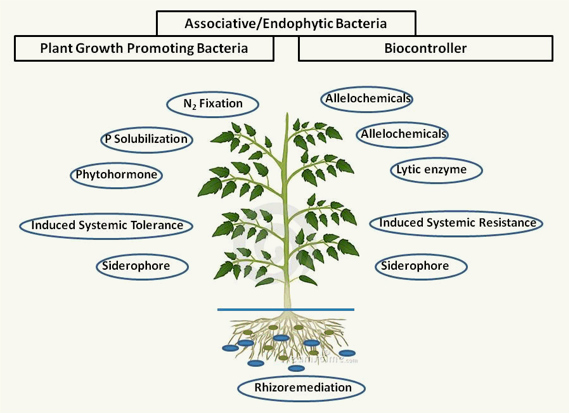
CONVERSION OF N2 INTO ORGANICALLY BOUND N
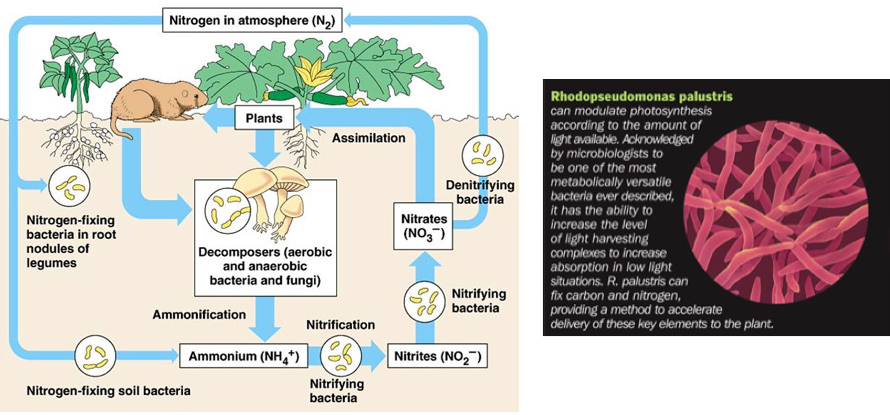
PHOSPHORUS SOLUBILIZATION
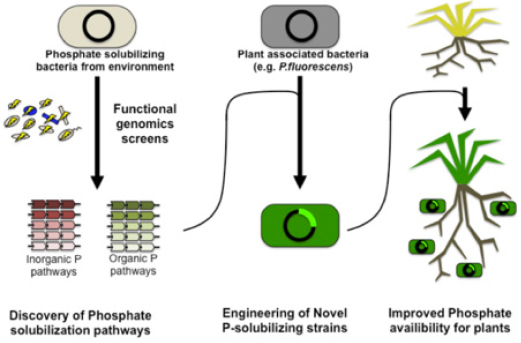
Nitrogen Fixation – Key Function
Key Functions:
- Plants obtain their P from the soil solution in the form of H2PO4(-) and HPO4(2-), or ionic forms of orthophosphate
- However, a portion of soluble inorganic phosphate applied as chemical fertilizer is immobilized rapidly and becomes unavailable to plants
- Phosphorus Solubilizing Bacteria have been introduced to the agricultural community to facilitate phosphate absorption
SIDEROPHORE PRODUCTION
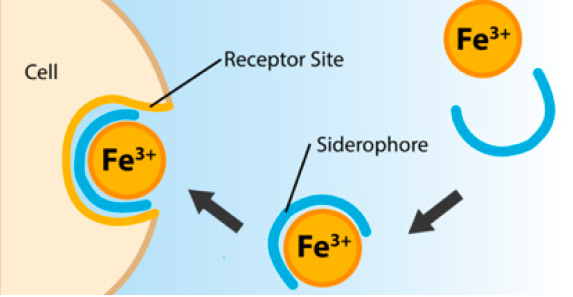
Key Functions:
- With iron deficiency, PGPB manufacture siderophores (small proteins), which are excreted into rhizosphere.
- Siderophore acts to sequester and solubilize iron
- Plants take advantage of the siderophores whenever iron limitations exist
- Bacillus licheniformis is an excellent source of siderophores
PHYTOHORMONE PRODUCTION
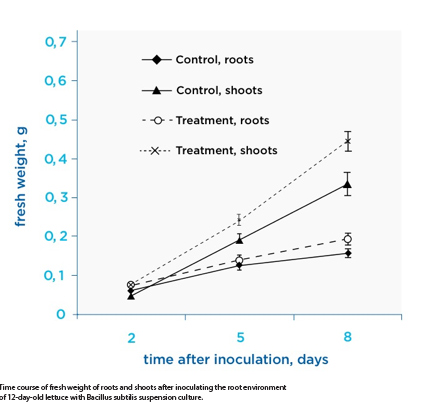
Ability of bacterium Bacillus subtilis to produce cytokinins and to influence the growth and endogenous hormone content of lettuce plants
Key Functions:
- Plant hormones (also known as phytohormones) are chemicals that regulate plant growth, including auxins (IAA), cytokinins, and ethylene
NITRIFYING BACTERIA
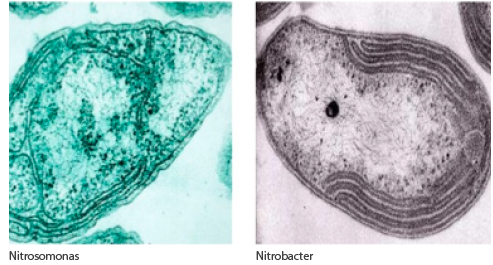
We’ve developed a stabilization process that allows for 2 year shelf-life without refrigeration, a significant competitive advantage in terms of performance
Benefits
- At most stages of growth NO3 is preferred to NH3 for plant growth
- Nitrifying bacteria convert NH3 to NO2 to NO3
Enhanced Tomato Growth (from Journal of American Science, 2012; 8(2))

Nitrifying Bacteria Improve Rice Germination and Growth

